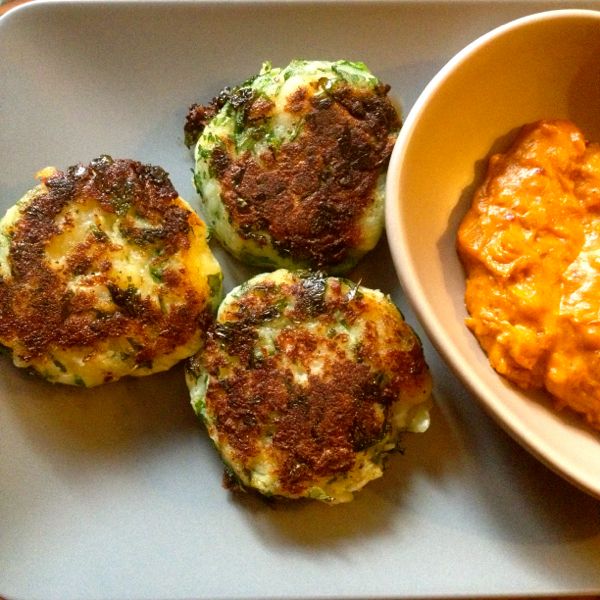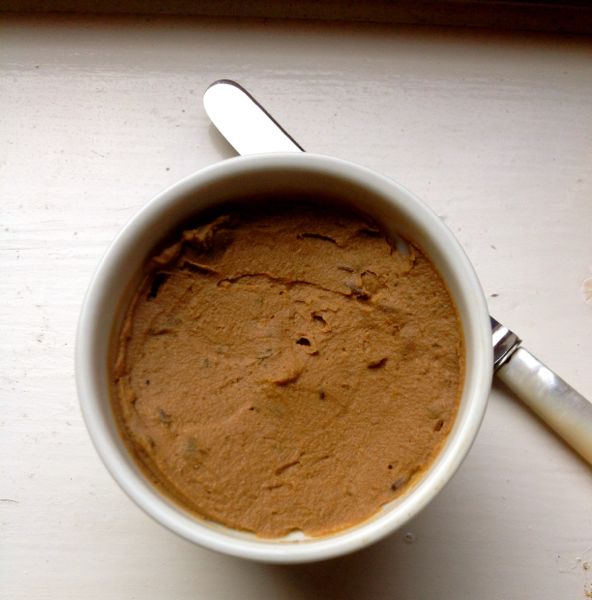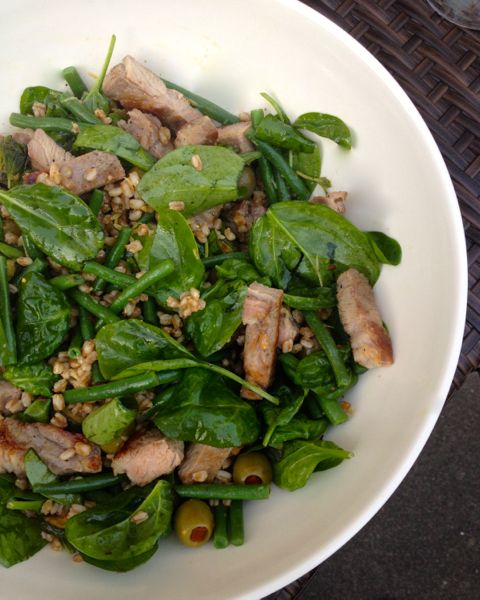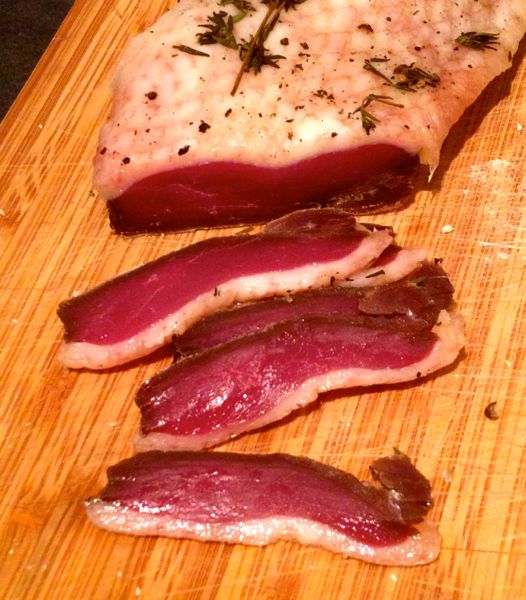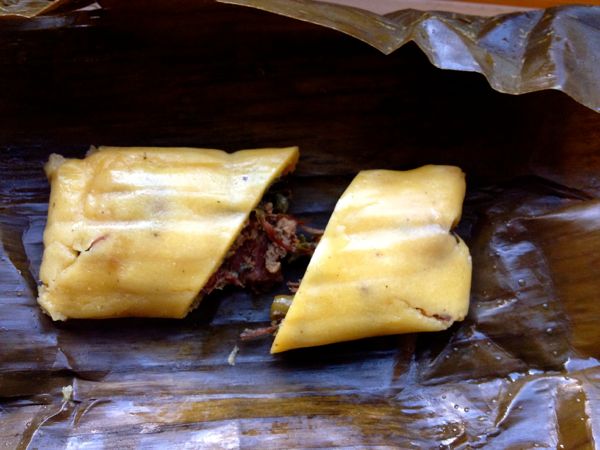Ecuadorian Potato Patties
I am so invested in my Irish obsessiveness about potatoes that I always forget they are in fact South American in origin and am surprised when I see them in recipes from those regions. An Ecudorian cafe has opened near me and when I Googled what llapingachos were, secretly hoping it involved llama, it turned out to be potato cakes filled with cheese. I’m sure you understand nothing about those words disappointed me despite the lack of weird shaped animal.
Potatoes have become even more important to me since going low fodmap because basically they are my fall back option now when eating out. There are always chips on a menu and for some reason other potato dishes rarely contain onion or garlic. I will never go hungry when there’s a spud around but I like to add to my repetoire of potato recipes where I can.
The original version I found of these sounded lovely but distinctly heavy on the onions. They also come in a hominy corn version I reworked for the Brixton Blog and since I was making a batch of the accompanying peanut sauce, I thought I’d tweak them to be onion free.
I know some fodmappers won’t be able to do the mozzarella inside them due to the higher lactose levels in softer cheeses. You could try using parmesan which is very low lactose or making a lactose free bechamel sauce which you chill and use to fill them instead like potatoey croquetas. Or you could go carnivorous and use leftover meat from a roast or a bit of bacon in the centre instead? I’d say the world is your oyster, but that would be awful here…
Instead of onion, I’ve added lots of green scallion (only the white bit is fodmap unfriendly), fresh parsley and a bit of fresh coriander for flavour. Make sure to use nice starchy baking potatoes and you’ll get a great shape on the patties. I froze some and they cooked well straight from the freezer for a quick brunch that combined champ, potato bread and Ecuador in one.
Ecudorian potato patties with peanut sauce (serves 4)
For the patties:
- 4 baking potatoes
- 2 scallions, chopped (green part only if fodmapping)
- medium bunch flat leaf parsley, chopped
- medium bunch fresh coriander, chopped
- salt and pepper
- 125g mozzarella, grated
- 2 -4 tablespoons vegetable oil
For the peanut sauce:
- 4 tablespoons crunchy peanut butter
- 250ml milk (non dairy or lactose free is fine)
- 1 teaspoon ground cumin
- 1 teaspoon smoked paprika
- 1 teaspoon ground achiote (see below)
- 1 teaspoon soy sauce (use tamari if wheat free)
- 1 lime, juiced
- salt and pepper
- fresh coriander, chopped
- 1 red chilli, chopped or teaspoon hot sauce (optional)
These patties are super easy to make. I had the best results baking my potatoes to keep them drier and starchier and by baking, I mean shoving the baking spuds I bought in the microwave whole two at a time for 12 minutes. If you have the oven for something else, then use that method.
Allow the potatoes to cool down enough to handle them and split them in half and scoop the middles out into a bowl. Add the scallions and fresh herbs and season and mix in well.
Wet your hands slightly and scoop out a handful of the potaro mix into a ball, flattening it slightly onto a plate or lined baking tray. Using your thumbs, push outwards from the centre to make a hollow. Fill with grated mozzarella and then cover the cheese up again with potato so it’s completely hidden. You may need a little pinch of extra potato from the bowl.
Repeat until you have between 10 and 12 patties. Any cheese that doesn’t fit works incredibly well straight into your mouth as you put the patties into the fridge to chill for at least 30 minutes. They’ll be fine in there for up to 24 hours so make ahead if you like.
When you are ready to eat them, heat the oil in a frying pan on a medium high heat and fry the patties for about 3 minutes each side. They should get a nice crisp crust without burning and the cheese is melted. I did about 4 at a time and kept the first batches warm in a low oven.
As the patties fry, make the peanut sauce by mixing the peanut butter with the milk over a low heat. I used the Sainsbury’s Basics peanut butter I had which is slightly sweetened and it was fine so don’t worry about fancy stuff if you don’t have it.
Add the spices once the peanut butter and milk combines. Achiote is a seed used in South American cooking (and known as annatto in the Caribbean). It adds a warm yellow colour and a slightly spicy flavour not unlike nutmeg. It’s not fodmap tested and if you don’t want to use it or can’t get it, substitute it with 1/2 teaspoon more of paprika and 1/2 teaspoon of nutmeg. Add the juice of the lime and the soy sauce and then take the peanut sauce off the heat and stir through the fresh coriander and chilli if using.
Serve the patties as hot as possible with the peanut sauce on the side and some fried eggs on top. A little tomato salsa or avocado if you can eat them wouldn’t go amiss either. A dish like this reminds me why brunch is a brilliant thing.


